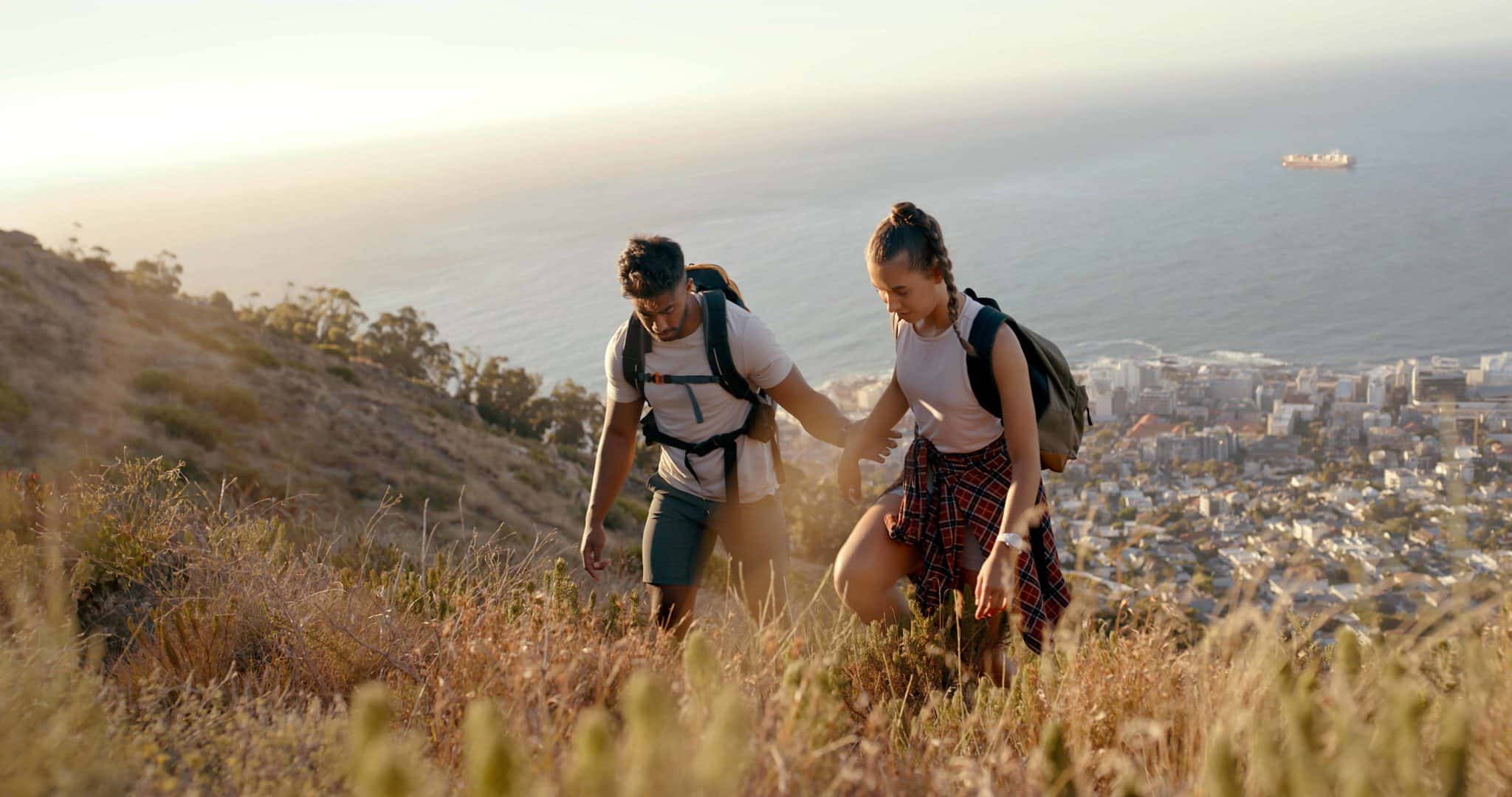With varied landscapes, well-marked trails and some of the most stunning scenery on the planet, Europe, the Middle East and Africa are home to some of the most epic hikes in the world.
Regardless of experience level, the ideal hike awaits. Whether you’re looking to take a multiday trek through challenging terrain or a leisurely walk you can complete in a couple of hours, these destinations will steal your heart — and get it pumping along the trek.
Read on to discover walks with sweeping coastal views, ethereal desert vistas and breathtaking mountain peaks.
As always, check for travel guidelines and closures before planning your trip.
Lion’s Head Walk, Cape Town
With sweeping views of Camps Bay on one side and Cape Town on the other, the panorama views of the cityscape flanked by Table Mountain are uniquely breathtaking. But it’s the fynbos (a type of shrubland) covering its surface that made it part of the Cape Floral Region, and as such, a UNESCO World Heritage Site.
The best way to see both views and foliage is on the Lion’s Head Walk, an easy two-hour hike that spirals up from Signal Hill Drive to the Lion’s Head summit, from which you can spot the flat top of the adjacent Table Mountain. Go in spring — September to October — and prepare for rain and shine, as the weather here can change quickly.
Wadi Rum, Jordan
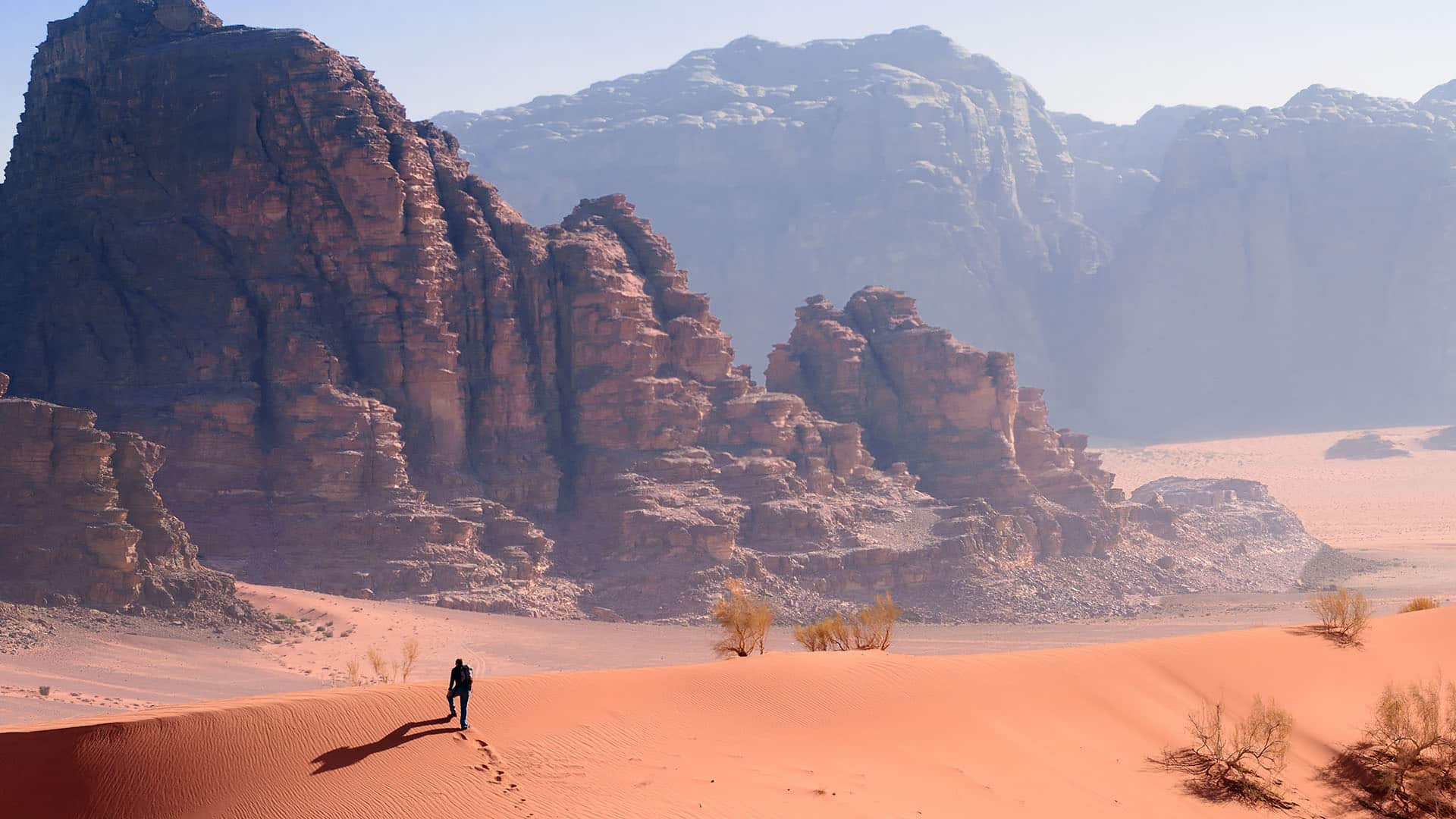
Frequently used to portray distant planets in films, Wadi Rum in Jordan is filled with sandstone and granite formations that rise dramatically out of its vast desert landscape. Yet part of its ethereal beauty comes from its human history. For millennia, the Bedouin people and pilgrims passed through the protected canyons on their way to different parts of the Levant, leaving behind petroglyphs as a record of this history.
Burdah Arch and Jabal Umm ad Dami hikes, both doable in a day, offer spectacular views after a challenging scramble. The area’s remoteness and the disorientating landscape means they’re best tackled on a guided tour, ideally during spring (March to May).
Kilimanjaro, Tanzania
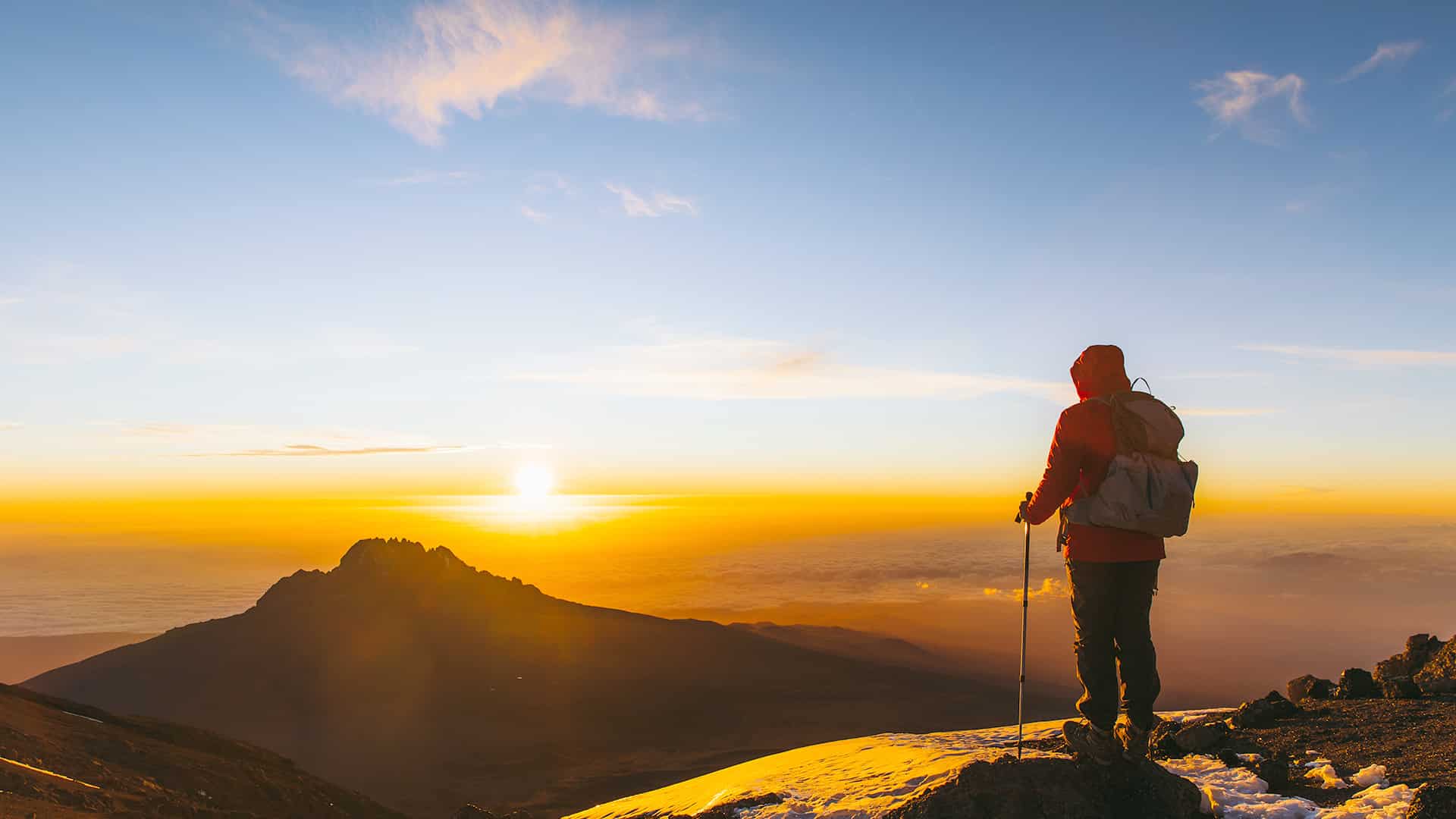
Towering 19,340 feet (5,895 meters) above sea-level, Kilimanjaro is the highest mountain in Africa and can be summited by beginners as it requires no technical climbing skills — the altitude and distance present the biggest challenges.
Once in Tanzania, you’ll need a licensed guide to take you on one of the several routes up the mountain; budget five to nine days for a round trip. The remote, and more expensive, Lemosho route will give you the best chance to see stunning vistas and wildlife and allow your body to acclimatize to the altitude en route. Lightweight gear for mixed weather and temperature conditions is essential.
Cinque Terre, Italy
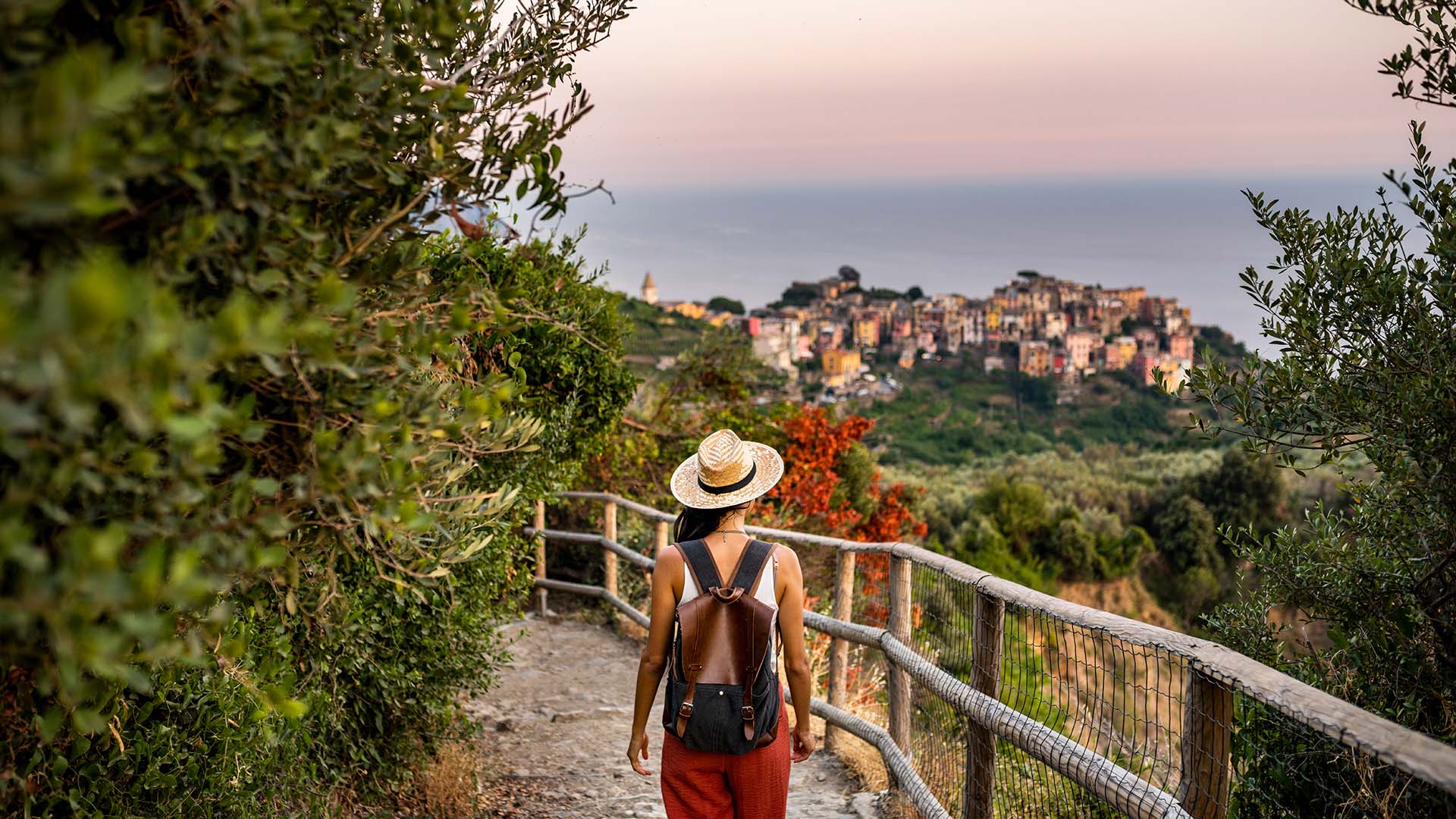
The five picturesque villages of the Cinque Terre region dot the Italian Riviera coastline and are among the most photographed sights in Italy — for good reason. Each one is characterized by colorful buildings stacked high against the rugged cliffs, facing out to the blue-green waters of the Ligurian coast.
It takes an hour or two to walk from one village to another via the well-maintained coastal trail. A permit, available from local train stations, is required for the most popular stretch between Monterosso and Corniglia during the summer season but is free in winter (November to March).
Santiago de Compostela, Spain
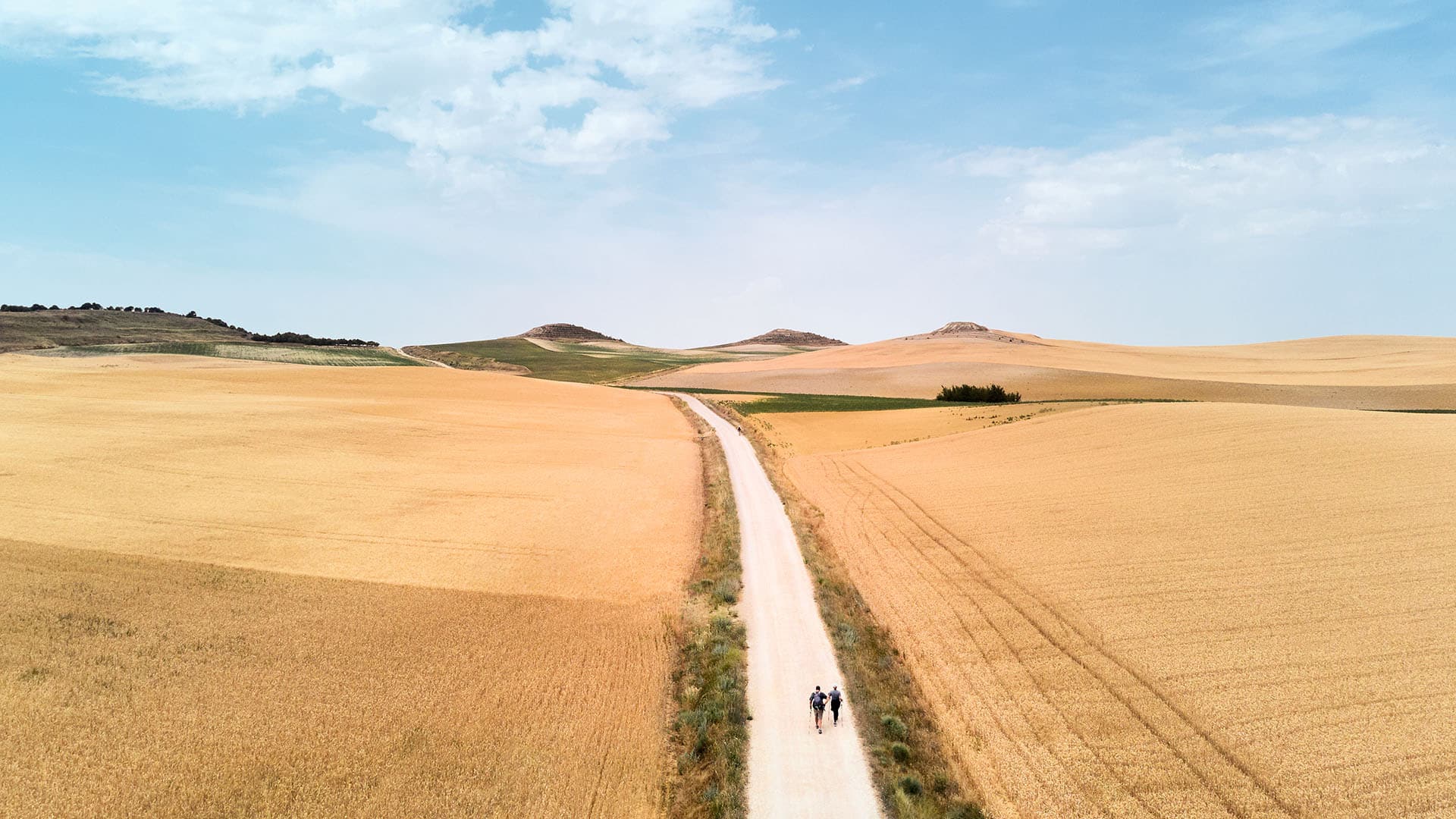
The network of paths that lead to Santiago de Compostela in northwestern Spain are well-trodden, having been used by pilgrims for centuries. But even for experienced hikers, the full length of the most popular route, Camino Francés (the French Way), will take more than 30 days. It’s a test of endurance.
The shorter trek from Sarria is a hugely popular alternative. At 116 kilometers (72 miles), it takes you over the minimum 100 kilometers required to receive a certificate of completion for the Camino, but it is short enough to be completed in five days. Pack light and make sure your walking shoes are more comfy.
Cirque de Gavarnie, France

Straddling the border between France and Spain, the Pyrenees run from the Atlantic Ocean to the Mediterranean Sea. The joy of hiking here is that you’ll be completely surrounded by nature, with dramatic peaks, majestic waterfalls and serene lakes punctuating your journey.
One of the most popular routes is the Cirque de Gavarnie, which runs from the village of Gavarnie into the amphitheater-shaped valley and back. It takes just a couple of hours to complete, and with a river to follow, it’s almost impossible to get lost. The route is extremely busy in the summer months, with the village closed to traffic between the middle of June and the end of September unless you’re staying overnight.
